As social entrepreneurs we have become quite familiar with the term impact, as it’s the way we bring our mission vision statement to life and create change in society. Across all the different types of organizations and their relevant impact, there are 4 distinct types of impact that can be observed according to the MetaIntegral framework.
The MetaIntegral framework clarifies the 4 types of impact being
- Clear impact
- High impact
- Wide impact
- Deep impact
Clear Impact
“One of the most common forms of impact is Clear Impact, which measures change in stakeholder performance. Many businesses and organizations include various metrics to assess this area of impact (e.g., skill assessments, analytics, observation tools, and various KPIs). What all these metrics have in common is the focus on objective criteria to track behavior and performance.”
High Impact
“The other main form of impact is High Impact, which measures change in stakeholder systems (e.g., supply chains, cash flow, customer engagement) . Many businesses and organizations include various metrics to assess this area of impact (e.g., environmental impact assessments, financial impact assessments, input indicators, and various KPIs). What all these metrics have in common is the focus on interobjective or systemic criteria to track organizational and market dynamics.”
Wide Impact
“Over the last decade it has become more common for organizations to include Wide Impact, which measures change in stakeholder relationships. With forms of network analysis and social mapping there have emerged various metrics to assess this area of impact (e.g., 360 Assessments, relationship mapping, interviews, and social impact assessments). What all these metrics have in common is the focus on intersubjective criteria to track the quality and quantity of relationships and their influence.”
Deep Impact
“Arguably, one of the most important forms of impact is Deep Impact, which measures change in stakeholder experience. There is a growing awareness among many businesses and organizations that this form of impact needs to be included. Various metrics are used to assess this area of impact (e.g., self-evaluations, psychometrics, satisfaction surveys, and happiness inventories). What all these metrics have in common is the focus on subjective criteria to track somatic, emotional, and psychological dimensions of experience.”
Knowing that there are different kinds of impacts and which your organization is most likely to focus on, enables your organization to be clearer on areas to develop with regards to growth practices as well as what measurements are best to use to track your impact in your given area.
For more information on the MetaIntegral framework and its applications, there are Youtube videos available as well as an online course.
Statements in “ “ are direct quotes from the MetaIntegral website as well as the included images.
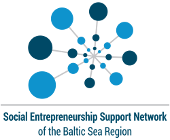
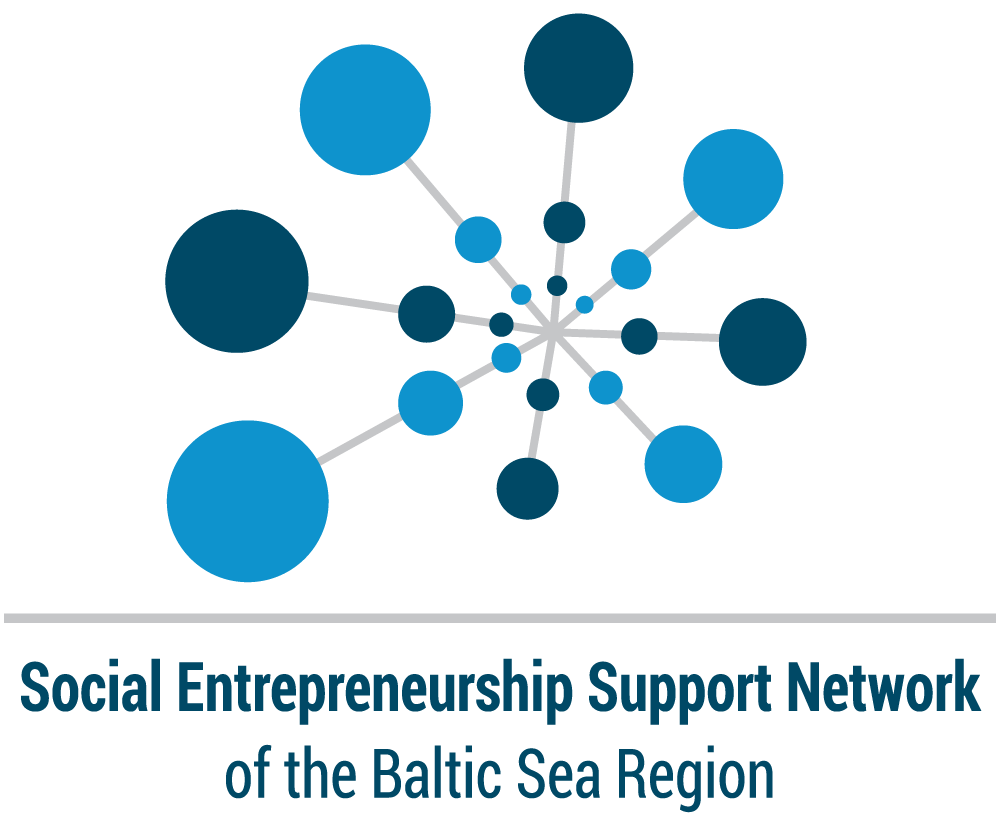

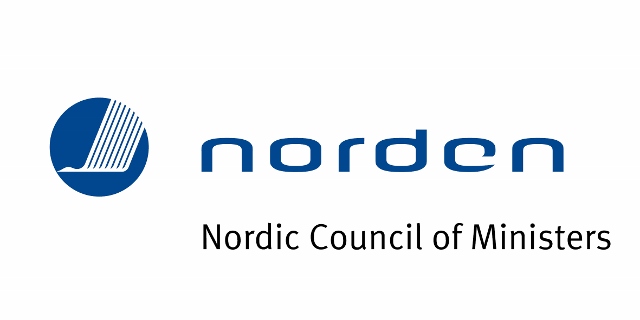


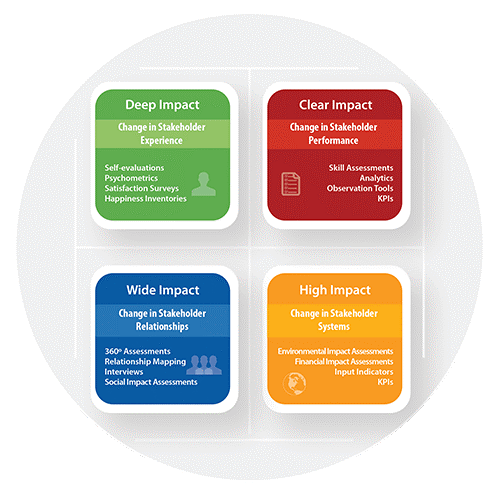
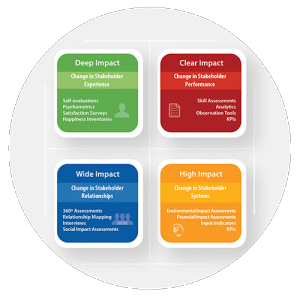
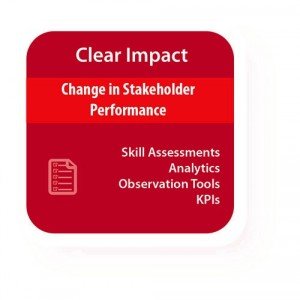
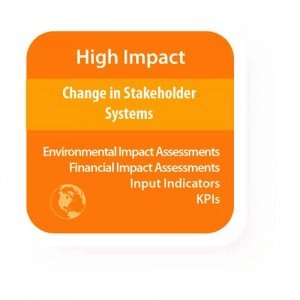
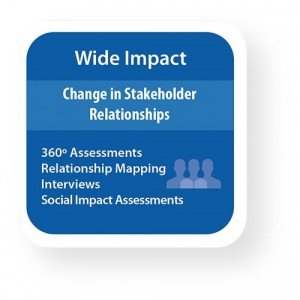
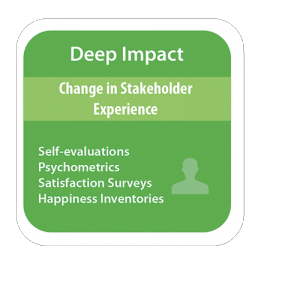
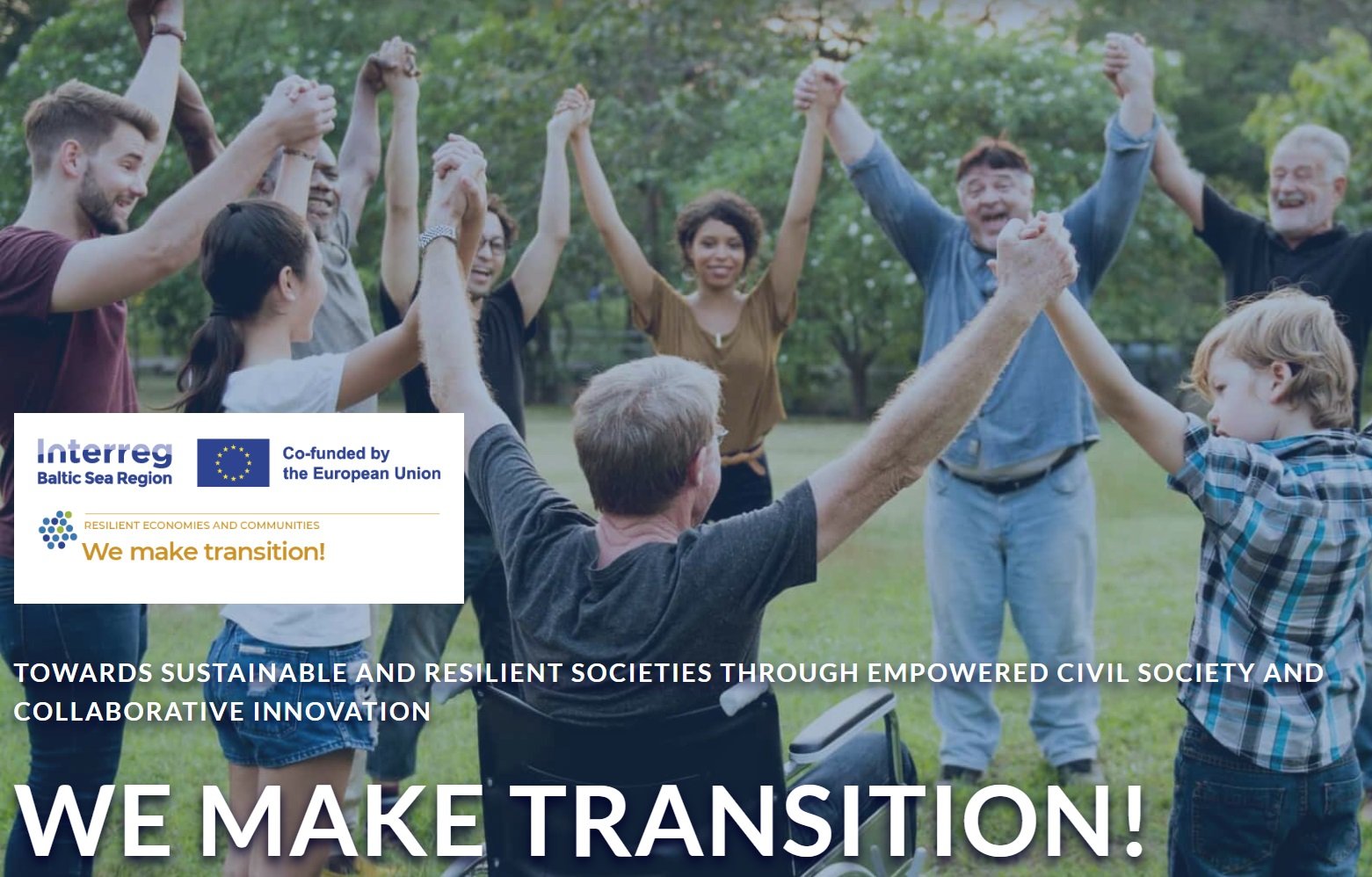
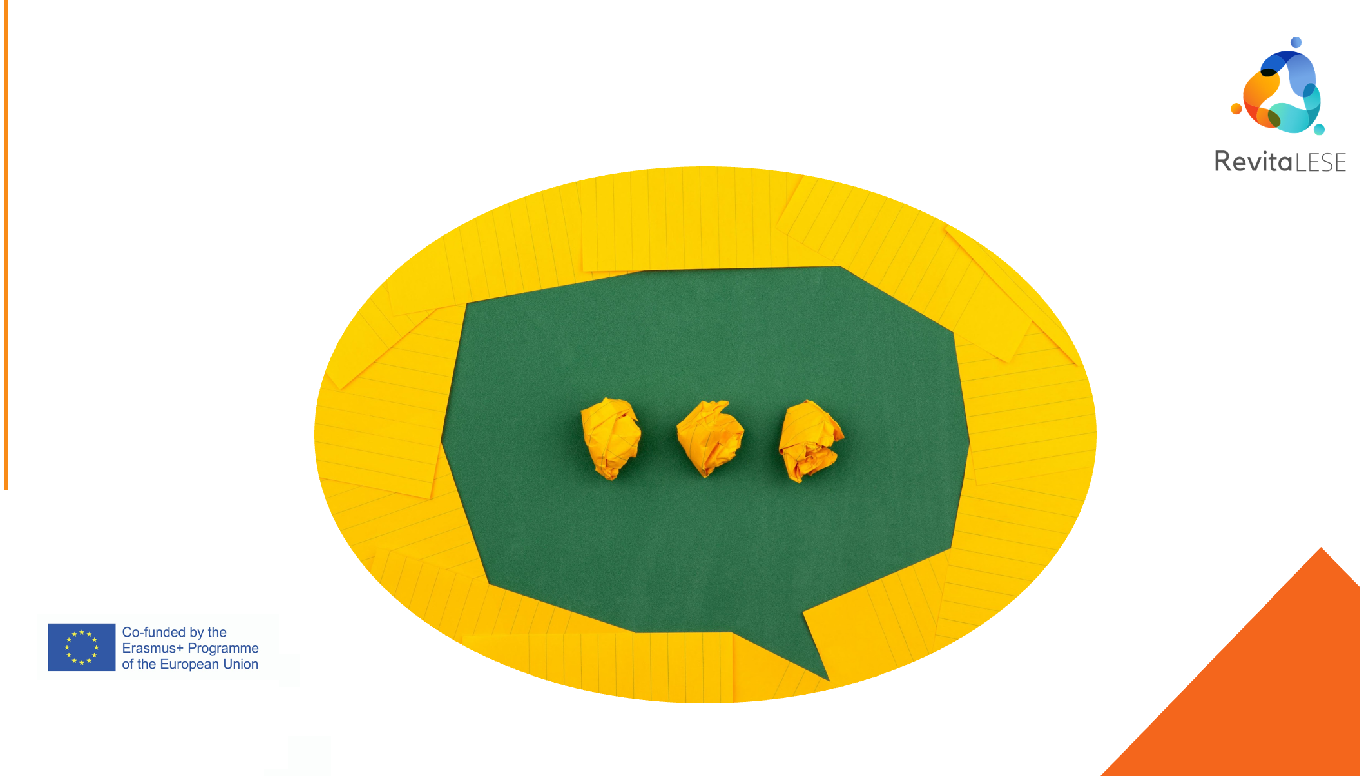
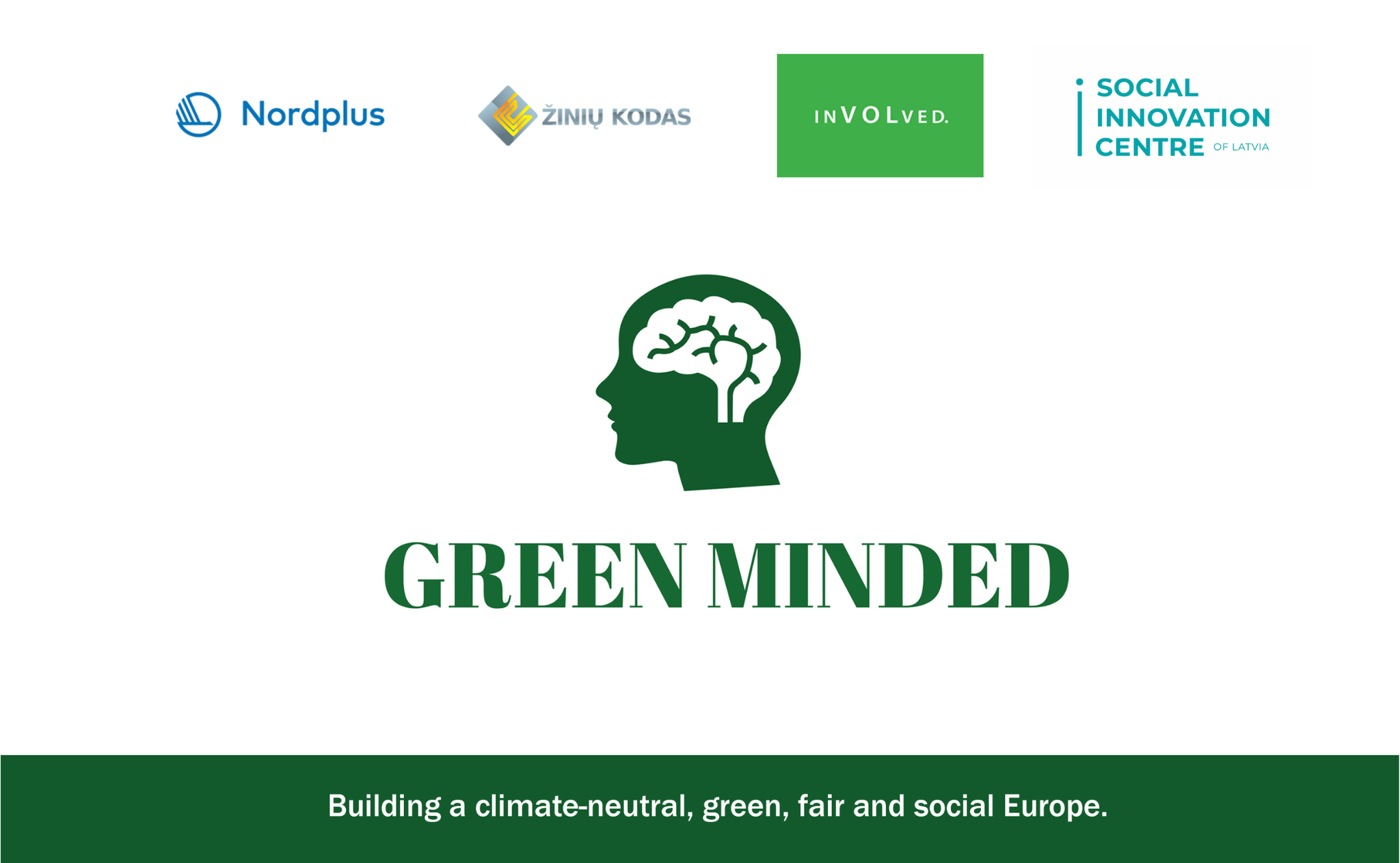
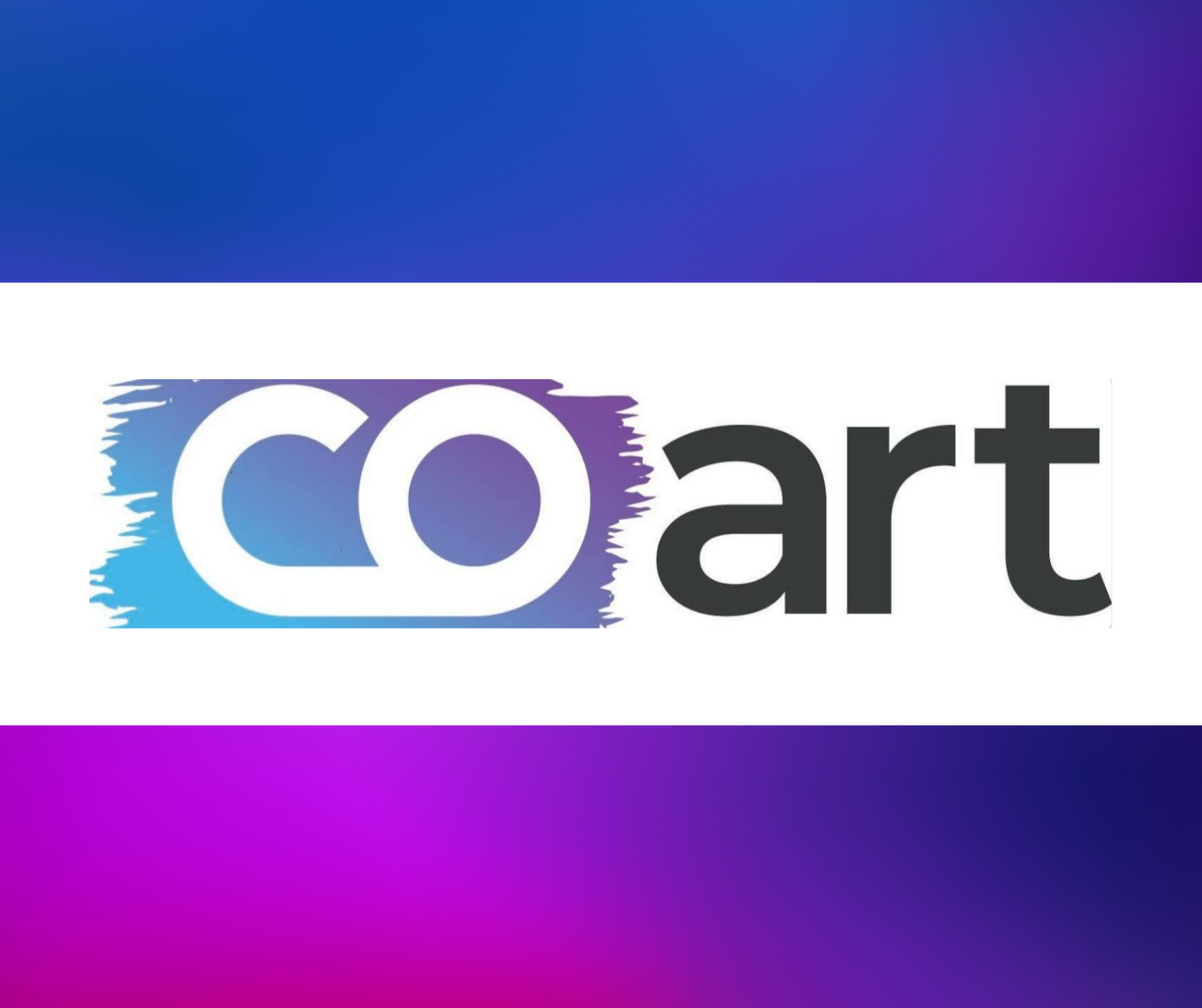



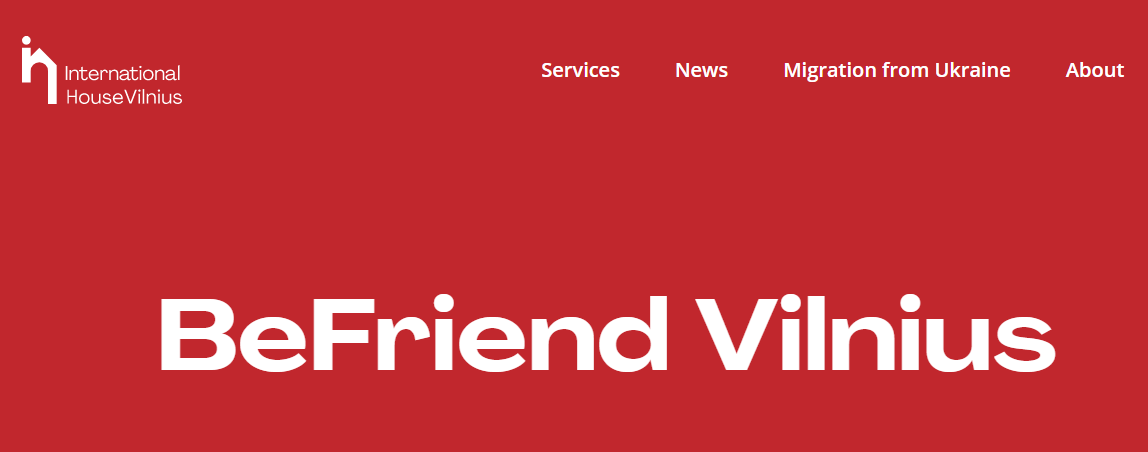
I think this is a real great post. Really Great.